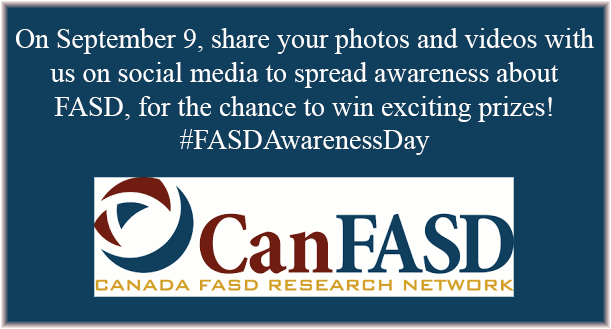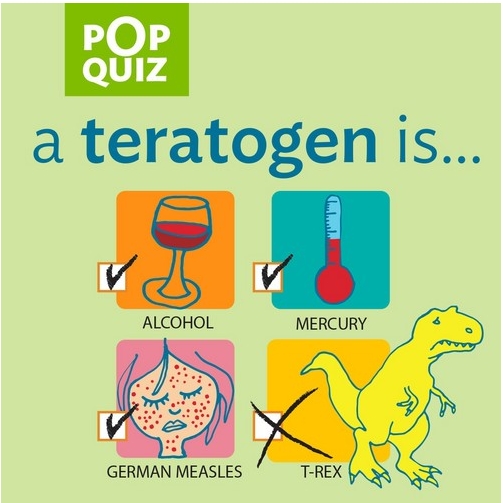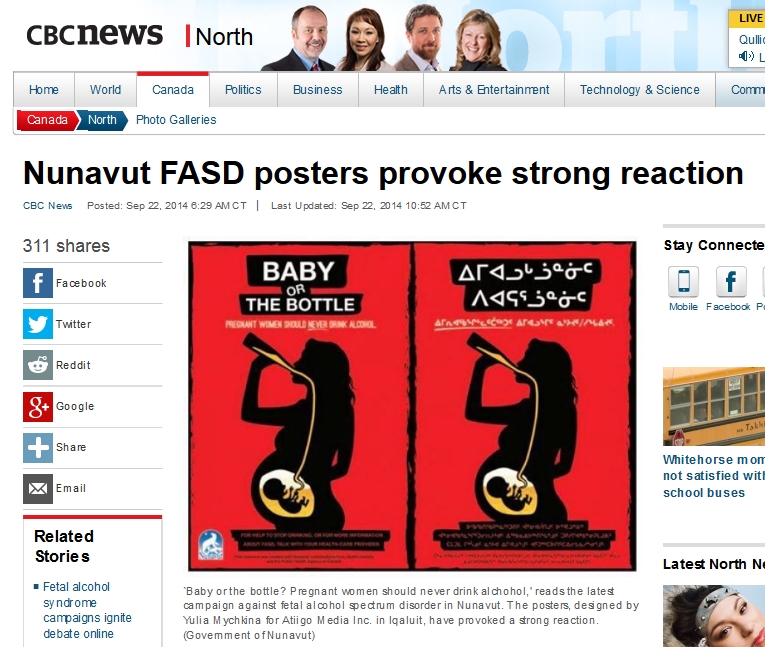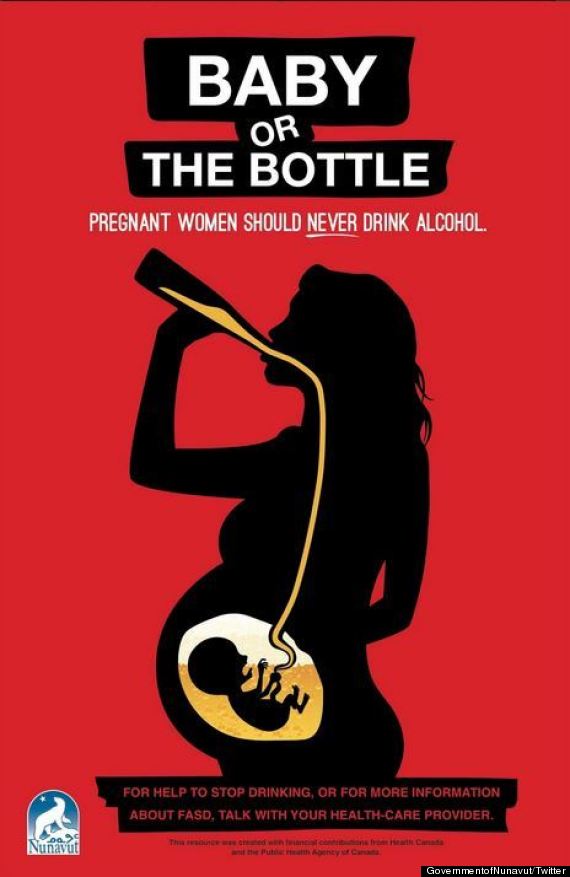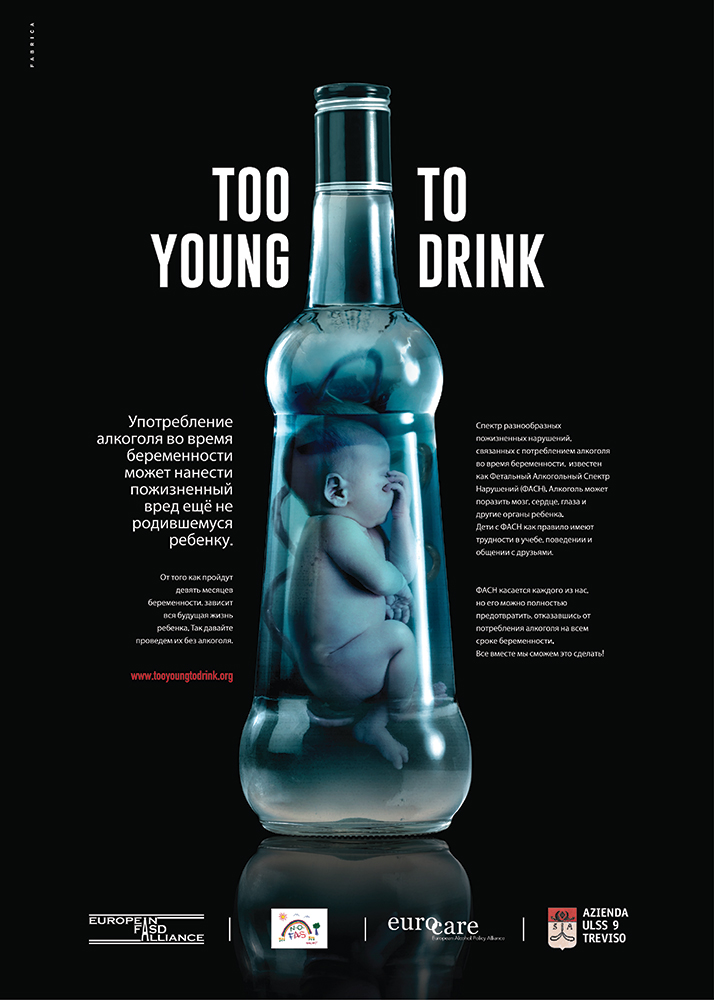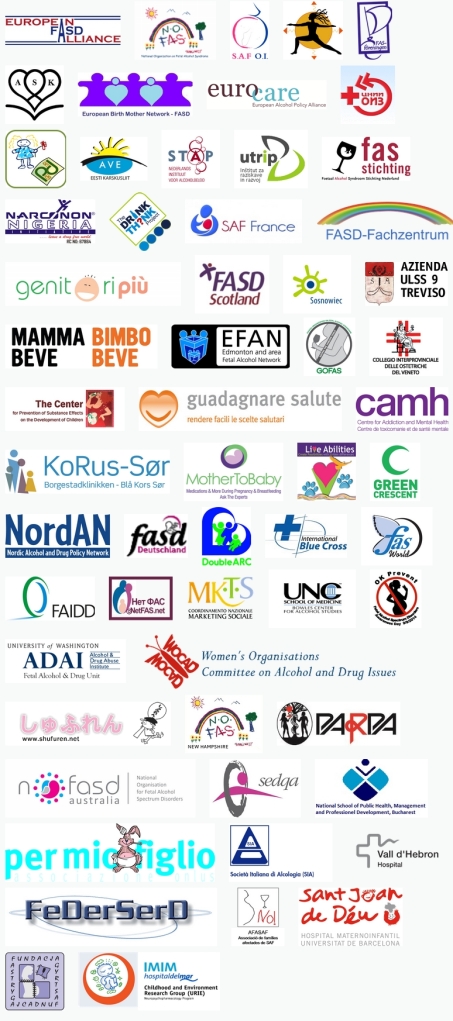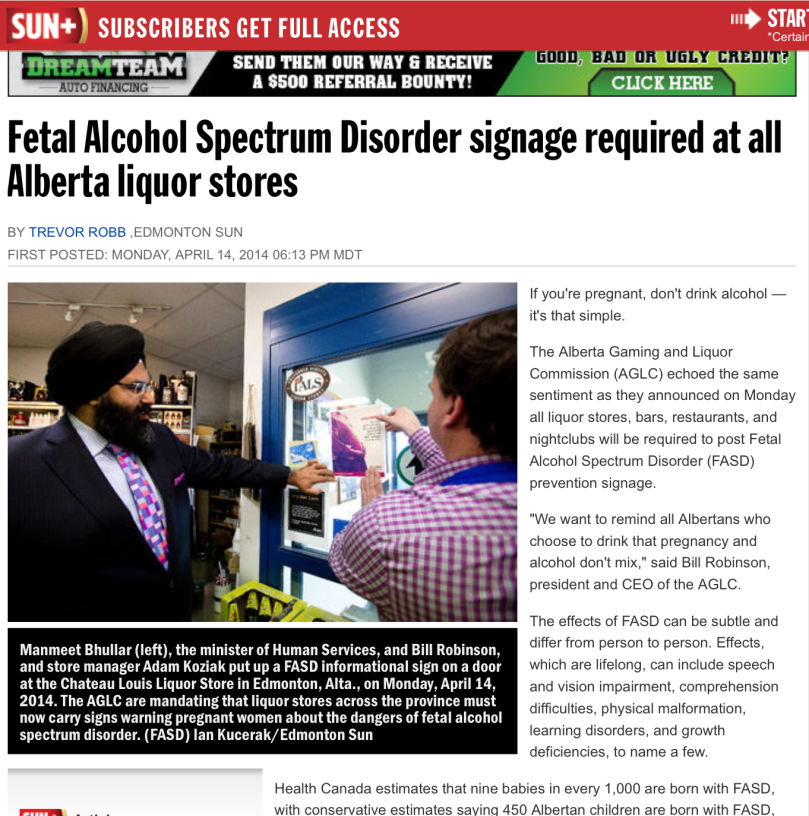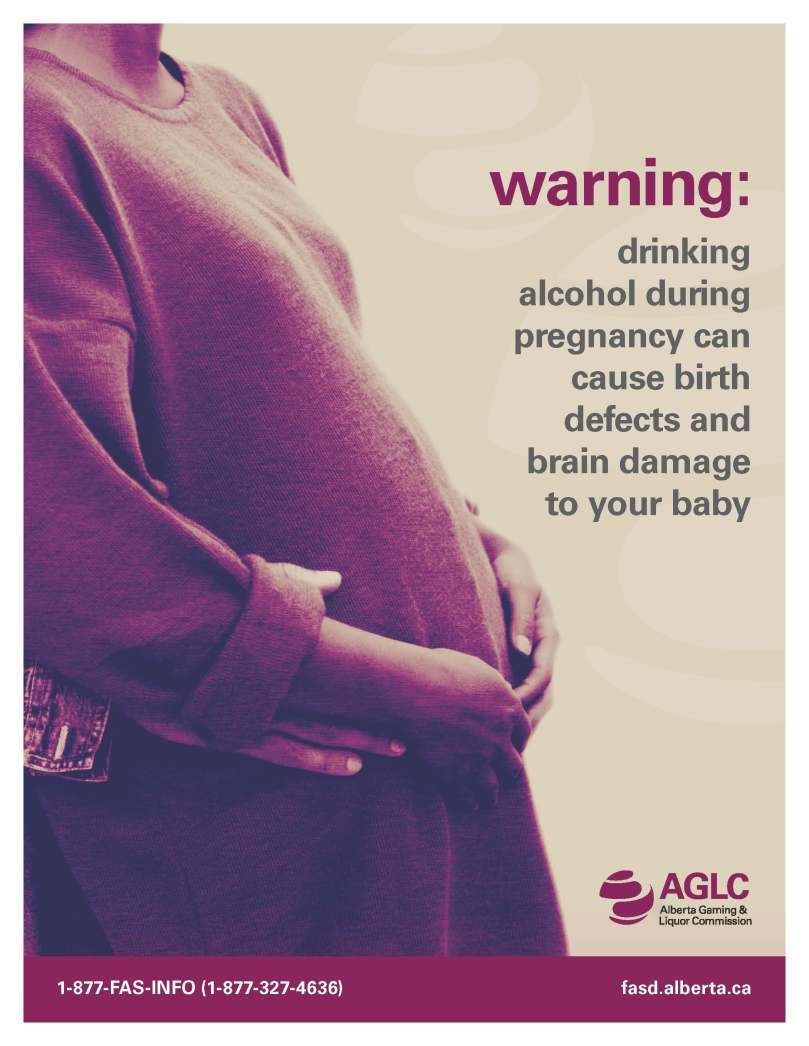September 9th will mark almost two decades since the first FASD Awareness Day. Communities and organizations around the world are planning events and media campaigns to raise awareness. But what does “FASD awareness” actually mean? The answer is that FASD awareness is multi-layered.
It means AWARENESS that Fetal Alcohol Spectrum Disorder is a disability caused by prenatal alcohol exposure and has a range of effects that are lifelong and varied.
- Health Canada “Fetal Alcohol Spectrum Disorder”
- Canada FASD Research Network FASD Fact Sheet
It means AWARENESS that for women, alcohol consumption has particular risks.
- “A teratogen is not a dinosaur” – Saskatchewan Prevention Institute
- Alcohol and Women – Éduc’alcool
- Cancer and Alcohol – Canadian Centre on Substance Use and Addiction
It means AWARENESS that there is no known safe amount of alcohol consumption or safe time to drink during pregnancy and while breastfeeding. Without knowing how much or how little alcohol can cause FASD, there is always a risk.
- It’s Safest Not to Drink. What Does that Mean? – Centre of Excellence for Women’s Health
- Drinking alcohol while breastfeeding: Will it harm my baby? – MotherRisk
- Resources on alcohol, pregnancy and breastfeeding – download from Best Start
It means AWARENESS that there are many reasons why a woman might drink during pregnancy and that women deserve information and support, not blame and stigma.
- Why Do Girls and Women Drink During Pregnancy? – Centre of Excellence for Women’s Health
- Brief Intervention on Substance Use with Girls and Women – Centre of Excellence for Women’s Health
- Women and Alcohol: A Special Report by Ann Dowsett Johnston
- Ashley Wettlaufer, Samantha N. Cukier & Norman Giesbrecht (2017) Comparing Alcohol Marketing and Alcohol Warning Message Policies Across Canada, Substance Use & Misuse, 52:10, 1364-1374, DOI: 10.1080/10826084.2017.1281308
It means AWARENESS that FASD is a primary disability that affects individuals differently and can lead to secondary disabilities, particularly if undiagnosed.
- Primary and Secondary Disabilities of FASD – The FASD Justice Committee
- Why is FASD Diagnosis Important? – Canada FASD Research Network
- FASD FAQ Diagnostic Clinic Cards – Canada FASD Research Network
It means AWARENESS that people living with FASD have both strengths and challenges, and they and their caregivers deserve and benefit from respect, support and resources.
- Support for Fetal Alcohol Spectrum Disorder – Canada Public Health Services
- FASD Research: Learning Together – Canada FASD Research Network
- Information for Caregivers – Canada FASD Research Network
- FASD Language Guide – Manitoba FASD Coalition
It means AWARENESS that there are ways for everyone to take part in prevention and intervention efforts.
- Alcohol, Pregnancy and Partner Support – Centre of Excellence for Women’s Health
- Supporting Pregnant and Parenting Women Who Use Substances: What Communities are Doing to Help – Canada FASD Research Network
- Indigenous Approaches to FASD Prevention: Indigenous Mothering – Centre of Excellence for Women’s Health
- Building Awareness: Good Reminders for FASD Awareness Campaigns – The Prevention Conversation
It means AWARENESS that research continues and there is hope.
- Mother-Child Study Fact Sheets – Breaking the Cycle
- FASD Prevention: An Annotated Bibliography of Articles Published in 2017 – Canada FASD Research Network
- Intervention Across the Lifespan: Where are we at and where do we need to go? – Canada FASD Research Network
- New Comprehensive National FASD Database – Canada FASD Research Network
Share your photos and videos with CanFASD on social media to raise awareness about FASD! Use #FASDAwarenessDay #CanFASD to WIN Great Prizes! On Facebook and Twitter @CanFASD








